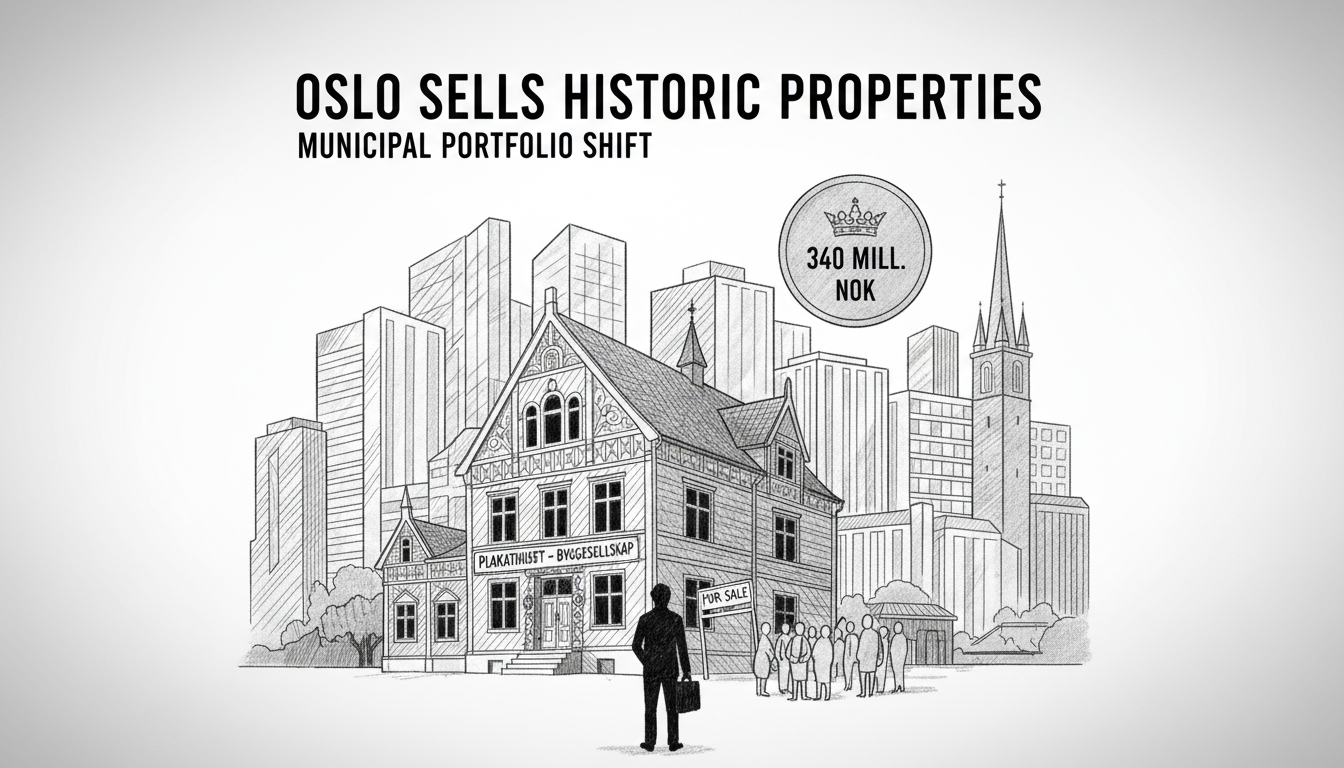Oslo is selling off municipal properties at a rapid pace. The city government has decided to part ways with buildings it no longer needs. This includes the iconic 'Plakathuset' on Grønland after twenty years of visible decline.
The property portfolio owned by Oslo municipality is enormous. It includes everything from nursing homes and schools to farms, decaying historic buildings, and even a spectacular tower. A decommissioned military camp also recently sold after years of municipal ownership.
The conservative city government has made property sales a clear priority. They want to sell anything the city does not strictly require for public services. Officials believe private owners can maintain these properties better. The strategy has proven financially successful beyond expectations.
This year alone, the municipality collected 340 million Norwegian kroner from property sales. The original target was just 300 million kroner. This represents a significant financial achievement for the city's budget.
What does this selling spree mean for Oslo residents? The city gains immediate financial resources for other projects. Critics worry about losing public control over historically significant buildings. Supporters argue private ownership often leads to better maintenance and new investment.
Norway's capital city owns substantial real estate across different neighborhoods. The current administration views many properties as unnecessary for public functions. They see selling them as both practical and financially responsible.
The property sales reflect broader political trends in Norwegian municipal governance. Conservative governments tend to favor reducing municipal property portfolios. They argue this approach frees up capital and reduces maintenance costs.
Oslo's strategy mirrors approaches seen in other Nordic capitals. Stockholm and Copenhagen have undertaken similar municipal property reductions in recent years. The trend represents a shift toward more streamlined city governments across the region.
International readers might wonder why Norwegian municipalities own so much property. This stems from historical development patterns and social democratic traditions. Municipal ownership was seen as ensuring public control over urban development.
The current property sales mark a departure from this tradition. The conservative city government clearly prefers private ownership for non-essential properties. The financial results so far suggest the strategy is working as intended.
What happens to these properties after sale? Many undergo renovation and find new commercial or residential uses. The 'Plakathuset' on Grønland will likely see significant redevelopment after two decades of neglect.
Oslo residents will watch these developments closely. The transformation of familiar buildings raises questions about urban identity. The balance between municipal responsibility and private enterprise continues to evolve in Norway's capital.

